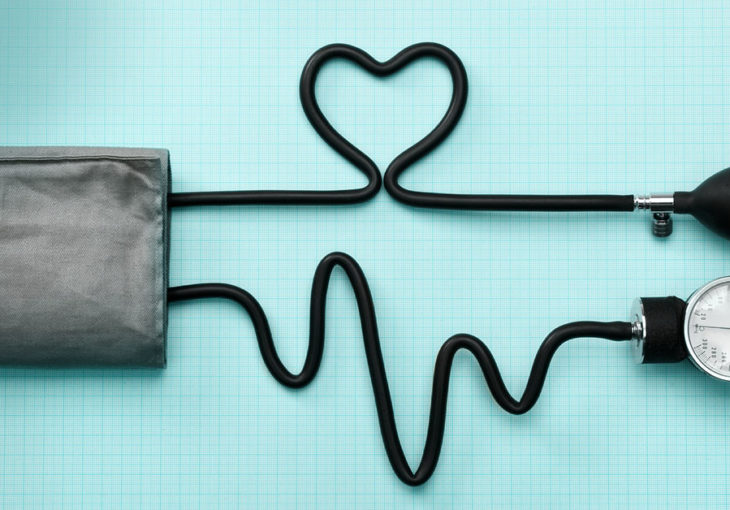If you or a loved one are living with diabetes, it’s important to pay attention to your heart health. People with diabetes are twice as likely to suffer from a heart attack or stroke compared to someone who doesn’t have diabetes. The good news – people with diabetes can lower their risk of heart disease and stroke by keeping a few things in mind.
“High blood sugar levels can damage your blood vessels and affect your blood pressure and cholesterol levels. That’s why people with diabetes can lower their risk of heart disease by following what are called the ABCs of diabetes. A is for A1C, B is for blood pressure and C is for cholesterol,” explained Bayhealth Diabetes Care and Education Specialist Diane McArtor. Here’s a closer look at each factor and what you should do for each one.
A for A1C
This lab tests gives you a 3-month average of your blood sugar levels. It should be done two to four times per year. The American Diabetes Association (ADA) says most people with diabetes should aim for an A1C level of less than 7%. If you have other medical conditions, your doctor may suggest aiming for a level below 8%.
Along with A1C, it’s important to check your blood sugar level yourself. How often you should check it depends on your type of diabetes, the medications you take, what your insurance will cover, and what your doctor prescribes for you. Many people with diabetes check their blood sugar level at least two to four times per day. The ADA recommends aiming for a fasting blood sugar level of 80-130 mg/dL and a 2-hour post-meal level of less than 180 mg/dL.
You should keep a log of your blood sugar levels and bring it and your glucometer to every doctor visit.
B for Blood Pressure
The ADA suggests a blood pressure reading of less than 140/90 mm Hg for most people. But for some, the target is lower. So, it’s best to work with your doctor to figure out what’s ideal for you. It’s also important to have your blood pressure checked at every office visit. If you need to lower your blood pressure, reducing the amount of sodium or salt in your diet, eating more fruits and vegetables, and getting regular exercise are good places to start.
C for Cholesterol
There are two types of cholesterol: LDL and HDL. If you have high levels of LDL it can cause blockages to form in your blood vessels. That’s why this type of cholesterol is sometimes called lousy or bad cholesterol. If you have diabetes, the recommended level of LDL cholesterol is less than 100 mg/dL. On the other hand, HDL cholesterol helps remove LDL from the blood. That’s why it’s sometimes called healthy or helpful cholesterol. The recommended HDL level is greater than 40 mg/dL for men and greater than 50 mg/dL for women.
Along with LDL and HDL cholesterol, it’s important to keep an eye on your triglyceride level. Triglycerides are fats in the blood and their level tends to be high when blood sugar levels are also high. The recommended triglyceride level is less than 150 mg/dL.
You should have your cholesterol and triglyceride levels tested once per year. If you need to lower your levels, you should follow a diet that includes fruits, vegetables, whole grains, low-fat milk products, lean meats, and healthy fats. And you should limit added sugars.
“Remember, if you have diabetes, following these ABCs of diabetes can lower your risk of heart disease and stroke,” said McArtor. “However, diabetes requires a lifetime of management. Education and support are also needed to prevent complications of diabetes such as nerve disease, kidney disease, blindness, and amputations.”
Along with your doctor, a diabetes care and education specialist (ACDES) may be helpful. These licensed health care professionals—which include registered nurses, registered dietitians, pharmacists, and others—specialize in helping people with diabetes understand how to best manage it. Visit Dediabetescoalition.org or call 302-519-6767 to find a diabetes education program near you. To learn more about diabetes, visit Diabetes.org or call 800-342-2383.
